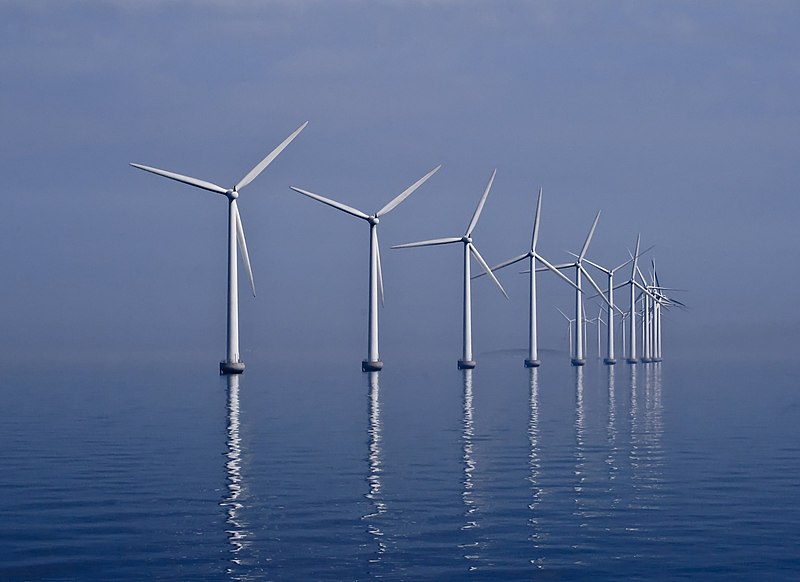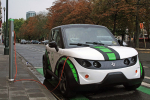
As the world confronts the challenges of climate change and energy sustainability, the UK and Denmark have initiated a groundbreaking collaboration poised to deliver electricity to a staggering
2.5 million homes in the UK, yielding substantial savings in domestic energy expenses.
The inauguration of the Viking Link cable route, spanning from the east coast of Lincolnshire in the UK to the west coast of Jutland in Denmark, marks a pivotal moment in European connectivity. With a robust 1.4 GW capacity and the potential to power millions of homes, this ambitious venture showcases the commitment of both nations to a sustainable energy future.
The Viking Link subsea cable stands out as the world's largest underwater cable of high commission capacity. Designed and installed by Siemens Energy, the cable embodies cutting-edge technology and promises to save the UK £500 million within its first decade of operation.
The cable will operate in phases, commencing with an initial capacity of 800MW and gradually scaling up to the full 1.4 GW. Siemens Energy's expertise ensures the cable's resilience and efficiency, and the transmission system operators of both countries will collaborate to optimize its functionality.
By 2030, the Viking Link is anticipated to play a vital role in combating the climate crisis, preventing approximately 100 million tons of carbon emissions in the UK alone. Nearly 90% of the imported energy is expected to come from zero-carbon sources, contributing significantly to environmental sustainability.
For the UK, the project offers multifaceted advantages. It enhances energy security, reduces the risk of power shortages, and facilitates the importation of clean energy from Denmark, a nation with a substantial renewable energy capacity. The Viking Link aligns with climate change targets, supporting the reduction of carbon emissions and showcasing technological innovation in the energy sector.
This project not only serves the interests of UK consumers but also addresses global climate change concerns by providing more affordable and lower-carbon power. Reports suggest that the Viking Link could save around 600,000 tons of emissions in its inaugural year, equivalent to removing 280,000 cars from the road.
Denmark, on the other hand, gains a valuable market to export excess wind power, solidifying its position as a leader in sustainable energy. The Viking Link incorporates advanced technologies like High Voltage Direct Current (HVDC) transmission, showcasing Denmark's commitment to innovation in energy infrastructure.
Despite existing projects such as NordLink and North Sea Link, the Viking Link Subsea cable stands out as one of the longest interconnectors, spanning an impressive 765 kilometers. This achievement represents a significant engineering feat, connecting two distant markets and fostering cross-border collaboration.
In the broader context of the EU's electricity connection target, aiming for 15% connectivity by 2023, the Viking Link contributes to this ambitious goal. With 16 countries already on track, this project exemplifies the collective effort to establish a robust cable network allowing the seamless exchange of electricity among neighboring countries. Photo by Kim Hansen, Wikimedia commons.

































